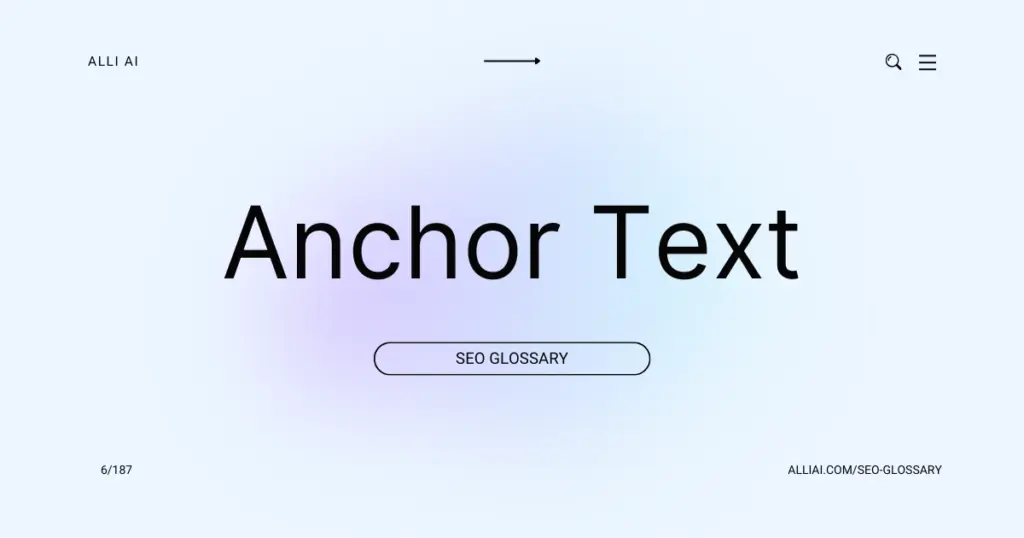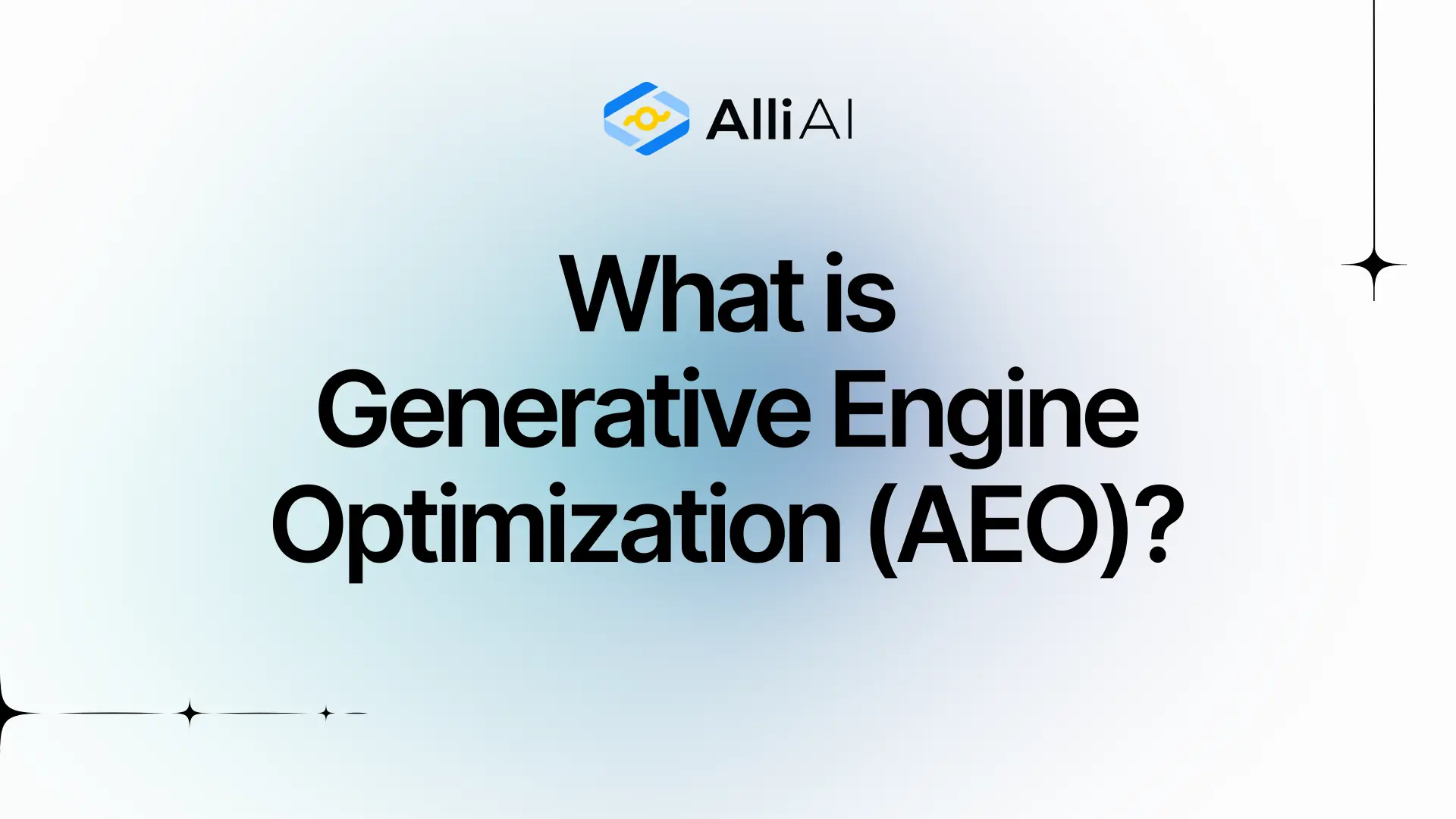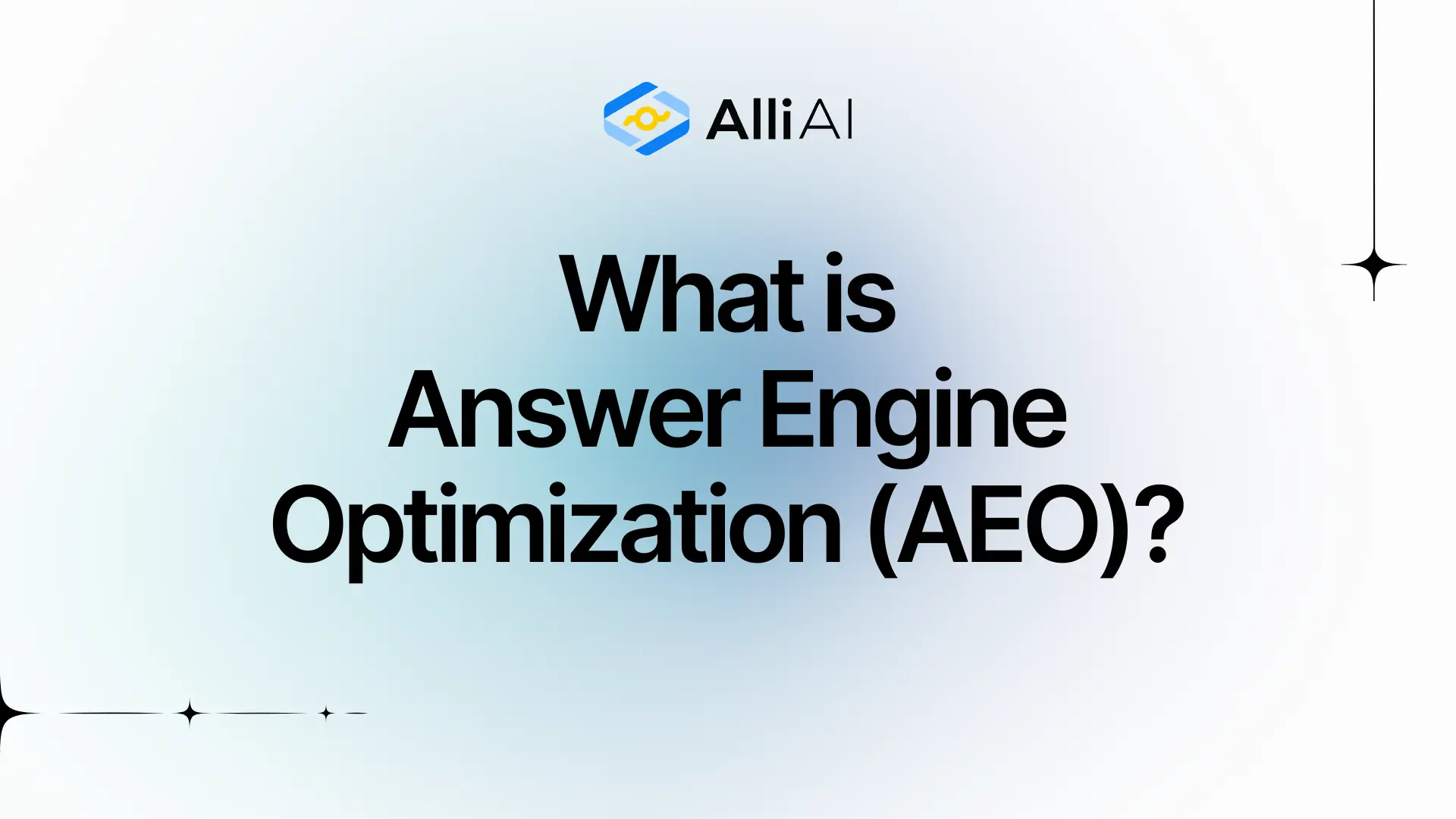What Does Anchor Text Mean?
Anchor text is the clickable text in a hyperlink. It’s usually highlighted or underlined and helps both users and search engines understand what the linked page is about.
Where Does Anchor Text Fit Into The Broader SEO Landscape?
Anchor text is the clickable text in a hyperlink which is used to link one web page to another. In the context of SEO, anchor text is crucial because it affects how search engines interpret the content of the website being linked to, influencing the site’s search rankings. By using relevant, keyword-rich anchor text, a website signals to search engines what the target page is about, helping it to rank for those keywords. However, it’s important to use anchor text naturally and diversely to avoid penalties for over-optimization. Properly optimized anchor text can help improve the relevance of linked pages and enhance the overall authority of a website, thereby improving its visibility and ranking in search engine results.
Real Life Analogies or Metaphors to Explain Anchor Text
1. Anchor text is like a name tag at a networking event. It tells you who the person is before you actually meet them, giving you a hint about what they do or what they are interested in.
2. Anchor text is similar to road signs on a highway. Just as signs direct you to the right exit or city, anchor text guides you to related content or tells you what to expect when you click a link.
3. Think of anchor text as a movie trailer. It provides a brief preview or snippet of what the linked content is about, enticing you to click through and see the full story.
4. Anchor text is like a librarian recommending a book. It provides a brief insight or description about the content of the page it links to, helping to decide whether it’s relevant to what you’re searching for.
5. Consider anchor text as a label on a file folder. It summarizes the contents stored inside, so you know whether to pull the file out for more information.
How the Anchor Text Functions or is Implemented?
1. Definition: Anchor text is the clickable text in a hyperlink within a webpage. It is typically highlighted by being a different color and underlined, indicating to the user where a link is present.
2. HTML Syntax: The anchor text is placed between the opening and closing anchor tags in HTML. It looks like this:
“`html
Anchor Text
“`
3. SEO Impact: Search engines use anchor text to understand the context and topic of the linked page, helping them index the target page appropriately.
4. Types of Anchor Text:
– Exact-match: Uses a keyword that mirrors the page being linked to.
– Partial-match: Contains a modification or variation of the keyword of the linked page.
– Branded: Uses a brand name as the anchor.
– Generic: Uses non-descriptive text like “click here” or “read more”.
– Naked URLs: Uses the URL itself as the anchor like “www.example.com”.
– Images: When an image is linked, the alt attribute of the image tag becomes the anchor text.
5. Best Practices:
– Relevance: Anchor text should be contextually relevant to the page it links to.
– Conciseness: It should be brief and descriptive.
– Diverse: Avoid using repetitive exact-match keywords to prevent penalties for spamming.
– Natural Flow: It should fit naturally into the content, providing a seamless user experience.
6. Role in Web Navigation: Facilitates ease of navigation on the web, guiding users to relevant pages and contributing to a cohesive website structure.
7. Impact of Misuse: Over-optimization, such as stuffing excessive exact-match keywords in anchor texts, can lead to search engine penalties.
Impact Anchor Text has on SEO
Anchor text directly influences SEO by signaling to search engines the content and relevance of the linked page, impacting how a page is understood and ranked. Relevant, descriptive anchor texts improve a website’s search relevance for specific keywords, whereas poor or irrelevant anchor text can negatively affect a site’s perception and relevance. Excessive use of exact-match anchor text in links can be interpreted as manipulative by search engines, leading to penalties. Anchor text diversity, including branded, generic, and naked URLs, contributes to a natural link profile, enhancing SEO performance. Properly used anchor text enhances user experience by providing clear, concise, and relevant information about the destination of links, improving site navigation and user satisfaction.
SEO Best Practices For Anchor Text
1. Identify relevant keywords associated with the page or content you are linking to, ensuring they align closely with the content’s topic and the anchor text you wish to optimize.
2. Use natural language for the anchor text; avoid forced or unnatural integration of keywords. Make sure the anchor text flows seamlessly within the content’s context.
3. Keep the anchor text concise, ideally less than five words, to maintain clarity and focus on the core keyword or phrase.
4. Ensure the anchor text varies across different links throughout your website to prevent over-optimization and penalties from search engines for spammy practices.
5. Integrate the keyword-rich anchor text in high-quality, informative content such that it contributes value to the reader and naturally encourages them to click on the link.
6. Place the anchor text in a prominent position within your content—preferably in the main body text rather than in footers or sidebars to enhance click-through rates and SEO value.
7. Use different types of anchor text variations (exact match, partial match, branded, generic, etc.) across your site content to create a natural link profile.
8. Regularly review your anchor text strategy to ensure it aligns with the latest SEO best practices and update texts where necessary to avoid outdated terms or practices.
9. Monitor the performance of links with your targeted anchor text through analytics tools, noting metrics like click-through rates and bounce rates, to gauge effectiveness and make data-driven adjustments.
10. Ensure that all links using your optimized anchor text point to live, relevant, and high-quality pages to provide a positive user experience and avoid negatively impacting your site’s SEO.
Common Mistakes To Avoid
1. Over-optimization of Anchor Text: Excessive use of keyword-rich, exact match anchor text can signal manipulation to search engines, potentially leading to penalties. Solution: Diversify anchor texts naturally by using branded, generic, and partial match anchors alongside exact match.
2. Irrelevant Anchor Text: Using anchor texts that don’t relate to the linked page can confuse users and search engines, harming user experience and SEO performance. Solution: Ensure anchor texts accurately reflect the content of the target page.
3. Generic Anchor Text Overuse: Excessive use of non-descriptive texts like “click here” or “read more” fails to provide context and may not help in improving relevance or rankings for specific keywords. Solution: Use descriptive keywords that give context and align with the content of the landing page.
4. Avoiding Image Anchors: Neglecting to provide alt attributes for images used as links can miss opportunities to strengthen SEO, as search engines can’t read images. Solution: Always use descriptive alt attributes for image links.
5. Linking to Low-Quality or Irrelevant Sites: Anchor texts pointing to low-quality or unrelated sites can detract from your site’s credibility and SEO. Solution: Only link to reputable, relevant sites and periodically review link destinations.
6. Neglecting Internal Links: Not using anchor text for internal links, or using them ineffectively, can miss opportunities to boost SEO for other pages within the same domain. Solution: Use descriptive, relevant anchor texts for internal linking, which helps distribute page authority throughout the site.
7. Using the Same Anchor Text for Different Content: This can confuse search engines and dilute the ranking potential for keywords. Solution: Tailor the anchor text to match the specific content it links to, even if multiple pages target similar themes.
8. Not Updating Anchor Text After Content Updates: If linked content changes but the anchor text remains unchanged, it may become irrelevant or misleading. Solution: Review and update anchor texts when significant changes are made to the content they link to.
9. Ignoring Localization and Language Variations: For multilingual sites, using the same anchor text across different language versions may not be effective. Solution: Adapt anchor texts to match the language and cultural context of each target audience.






